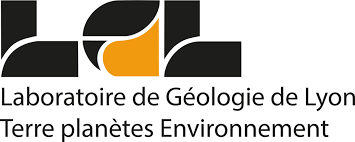
14h-15h
Deformation processes at the base of the seismogenic zone (25-40km), where numerous slow earthquakes occur, remain largely unknown, despite fundamental implications on the elastic loading of the shallow interface and the genesis of megathrust ruptures (Sumatra, Tohoku...). We herein compile available field, structural, petrological evidence highlighting the nature of deformation processes rooted there across timescales, from the seismic cycle to the long-term structuration of active subduction margins. A special focus is made on the importance of basal accretion processes in the building of the deep wedge, as evidenced by Alpine, Zagros and Patagonian High-Pressure Low-Temperature metamorphic belts.
Using a 2D thermo-mechanical numerical modelling approach, we also demonstrate that the along-dip variations of shear strength of the plate interface critically control the triggering of the deep slicing process and the protracted formation of a deep accretionary duplex structure. We note that in a stable subduction regime, this slicing process occurs with a strikingly constant periodicity of several Ma, responsible for a transient, periodic uplift of the forearc crust. Such vertical motion events, directly related with deep-seated processes rooted on the interface, may directly explain the formation of coastal cordilleras along active margins and shed light on the distribution of the mechanical coupling between the plates.
